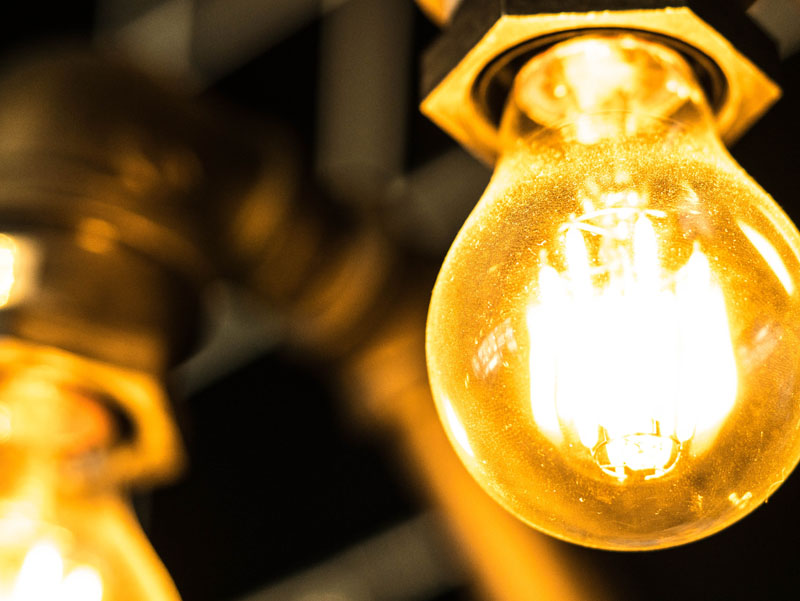Freezing fast movement with fast shutter speed is a technique used in photography to capture action and movement in a still image. By using a fast shutter speed, the camera’s sensor is only exposed to light for a very brief moment, which allows the photographer to freeze the motion of fast-moving subjects.
In this article, we will discuss the benefits and drawbacks of using fast shutter speeds, provide examples of when and how to use them, and answer some frequently asked questions about this technique.
What is fast shutter speed and how does it work?
Fast shutter speed is a technique used in photography to freeze fast movement and action in a still image. It is achieved by using a very short exposure time, typically 1/1000th of a second or faster. When the camera’s sensor is exposed to light for such a brief moment, it captures a single frame of the subject, effectively freezing its movement.
This can be useful for capturing fast-moving subjects, such as sports events or wildlife, or for capturing sharp and detailed images in low light conditions.
Benefits of using fast shutter speeds:
Here are some benefits of using fast shutter speeds:
Freeze fast movement:
One of the main benefits of using fast shutter speeds is the ability to freeze fast movement and action.
This can be particularly useful for capturing sports events, where the subjects are often moving at high speeds. By using a fast shutter speed, the photographer can freeze the motion of the athletes and capture a sharp and detailed image.
Reduce motion blur:
Another benefit of fast shutter speeds is that they can help to reduce motion blur. When a subject is moving quickly, the camera’s sensor has less time to capture the image, which can result in a blur.
By using a fast shutter speed, the sensor is exposed to light for a shorter period of time, which helps to reduce the amount of blur in the image.
Improve low light performance:
Fast shutter speeds can also be useful for improving the performance of a camera in low light conditions. When shooting in low light, the camera’s sensor needs to be exposed to light for a longer period of time to capture enough light.
However, this can result in motion blur if the subject is moving. By using a fast shutter speed, the photographer can capture a sharp and detailed image even in low light conditions.
Drawbacks of using fast shutter speeds:
Here are some downsides of using fast shutter speeds:
Decreased depth of field:
One of the main drawbacks of using fast shutter speeds is that they can result in a decreased depth of field.
When the camera’s aperture is opened to allow more light to reach the sensor, the depth of field (the area of the image that is in focus) becomes shallower. This can be problematic for photographers who want to keep a larger portion of the image in focus.
Increased ISO sensitivity:
Another drawback of fast shutter speeds is that they can result in increased ISO sensitivity. ISO is a measure of the camera’s sensitivity to light, and higher ISO values can result in more noise in the image. When shooting with fast shutter speeds, the photographer may need to increase the ISO to compensate for the reduced amount of light reaching the sensor, which can result in more noise in the image.
Reduced ambient light:
Finally, using fast shutter speeds can result in reduced ambient light in the image. Ambient light is the natural light present in the scene, and by using a fast shutter speed, the camera’s sensor is exposed to light for a shorter period of time.
This can result in a darker image, which may require the use of additional lighting to compensate.
Freezing movement with shutter speed Examples
Let’s take a loot as some examples of when to use fast shutter speeds:
Sports photography:
As mentioned previously, fast shutter speeds are particularly useful for sports photography, as they allow the photographer to freeze the fast movement of athletes. This can be especially important for capturing peak action, such as a jump shot in basketball or the moment of impact in a boxing match.
Wildlife photography:
Fast shutter speeds are also useful for wildlife photography, as they can help to freeze the movement of fast-moving animals. This can be especially important for capturing birds in flight or predators stalking their prey.
Low light photography:
As mentioned previously, fast shutter speeds can also be useful for improving the performance of a camera in low light conditions. By using a fast shutter speed, the photographer can capture a sharp and detailed image even in low light, without the need for additional lighting.
Freezing movement with shutter speed FAQ
FAQ about fast shutter speeds:
What is the minimum shutter speed for freezing fast movement?
The minimum shutter speed for freezing fast movement depends on the speed of the subject and the focal length of the lens. As a general rule of thumb, a shutter speed of 1/500th of a second or faster should be sufficient for freezing most fast movement.
However, for very fast-moving subjects, such as a bullet or a jet plane, a shutter speed of 1/1000th of a second or faster may be needed.
How do I choose the right shutter speed?
Choosing the right shutter speed depends on the subject and the desired effect. For fast-moving subjects, a fast shutter speed is typically needed to freeze the motion.
For slower-moving subjects or for a motion blur effect, a slower shutter speed may be used. The key is to experiment with different shutter speeds and see which one produces the desired result.
Can I use a fast shutter speed in low light conditions?
Yes, you can use a fast shutter speed in low light conditions, but you may need to increase the ISO or use a wider aperture to compensate for the reduced amount of light reaching the sensor. It is also important to use a tripod or other support to stabilize the camera, as hand holding the camera at high shutter speeds can result in camera shake.
Do I need a fast lens to use fast shutter speeds?
While a fast lens (one with a wide maximum aperture) can be useful for shooting at fast shutter speeds, it is not strictly necessary. Many modern cameras have high ISO sensitivity and low noise levels, which allows the photographer to use fast shutter speeds even in low light conditions.
However, a fast lens can be helpful for achieving a shallower depth of field and for capturing more light, which can be beneficial for certain types of photography.
Can I use fast shutter speeds with flash?
A: Yes, you can use fast shutter speeds with flash, but it is important to understand how flash sync speed works. Flash sync speed is the maximum shutter speed at which the flash can synchronize with the camera’s shutter.
Most cameras have a flash sync speed of 1/250th of a second or faster, which means that you can use fast shutter speeds up to this limit with flash.
However, if you use a faster shutter speed than the flash sync speed, only a portion of the image will be illuminated by the flash, which can produce an uneven or partially lit image.
Can I use fast shutter speeds for portraits?
Fast shutter speeds can be used for portraits, but it is important to consider the effect it will have on the image. A fast shutter speed can freeze any movement in the image, which can be useful for capturing sharp and detailed portraits.
However, it can also result in a shallower depth of field and potentially less ambient light in the image. It is a good idea to experiment with different shutter speeds and aperture settings to find the right balance for your portrait photography.
Freezing movement with fast shutter speed Conclusion
In conclusion, freezing fast movement with fast shutter speeds is a useful technique for capturing sharp and detailed images of fast-moving subjects. It allows the photographer to freeze the motion of the subject and reduce motion blur, which can be especially useful for sports and wildlife photography.
However, it is important to consider the drawbacks of using fast shutter speeds, such as a shallower depth of field and potentially increased ISO sensitivity.
By understanding the benefits and drawbacks of fast shutter speeds and knowing when and how to use them, photographers can take advantage of this technique to capture stunning images of fast-moving subjects.


